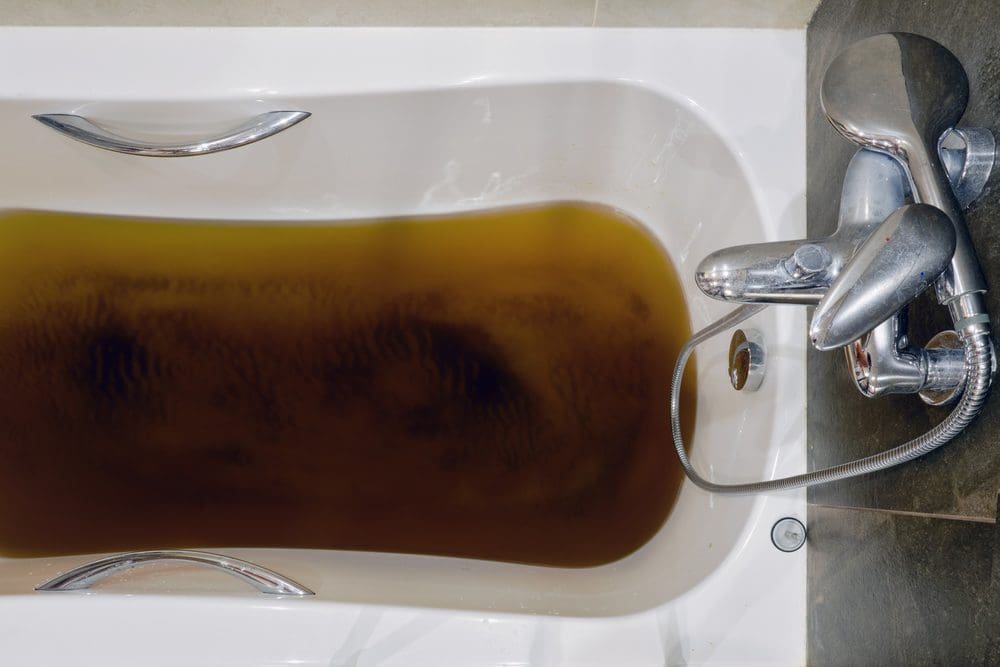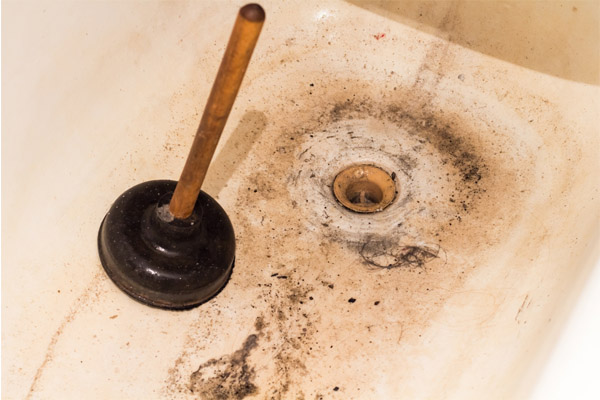What're your concepts on What to Do if Sewage Starts Coming Up Through Your Bathtub?

Sewage back-up in the tub can be a traumatic and unhygienic trouble for any kind of house owner. Not just is it troublesome, however it likewise poses major health and wellness risks and shows underlying issues with the plumbing system. Recognizing why sewer is turning up via the bathtub is essential for taking appropriate action to attend to the issue properly.
Intro to the Concern
Usual Factors for Sewage Backup
Blockages in the Sewer Line
Among the most typical root causes of sewer backup is a blockage in the sewage system line. This can happen because of the buildup of debris, oil, or international objects in the pipelines, avoiding correct circulation and causing sewage to support right into your bath tub.
Tree Root Invasion
Tree origins looking for dampness and nutrients can penetrate drain lines via small cracks or joints. With time, these roots can expand and increase, causing considerable damage to the pipes and bring about sewer back-up issues.
Comprehending the Problem
When sewage draws back up into the bath tub, it's a clear sign of a trouble with the drainage system. The wastewater that ought to be streaming away from your home is instead finding its way back into your home, which can lead to significant damages and carcinogen.
Prospective Reasons
Several factors can contribute to sewer back-up in the bath tub. From clogs in the sewer line to concerns with the plumbing facilities, identifying the origin is important for locating an option.
Aging Infrastructure
Older homes might have dated plumbing systems that are more prone to deterioration, cracks, and damage. As pipelines age, they become more susceptible to leakages and clogs, boosting the chance of sewage back-up cases.
Heavy Rainfall or Flooding
Throughout periods of heavy rainfall or flooding, the drain system may end up being overloaded with excess water, triggering backups and overflows. This can cause sewage supporting into bathtubs and other fixtures inside the home.
Signs of Sewage Back-up
Foul Odors
Unpleasant smells rising from drains or components, especially in the washroom, may suggest sewage back-up problems. These odors are frequently solid and consistent, indicating an issue that calls for immediate attention.
Slow Draining Fixtures
Tubs, sinks, and commodes that drain slowly or otherwise in all could be experiencing sewer backup. If numerous fixtures are impacted at the same time, it's most likely that the concern stems from a common factor, such as the primary sewer line.
Gurgling Sounds
Strange gurgling or bubbling noises originating from drains when water is running elsewhere in your home are indicative of air entraped in the plumbing system. This air build-up can arise from sewer back-up and ought to be investigated without delay.
Health Dangers Connected With Sewage Backup
Contamination of Water Supply
Sewer back-up can pollute the water system in your house, posturing a significant health risk to you and your family. Direct exposure to polluted water can result in gastrointestinal issues, skin infections, and various other illnesses.
Mold and mildew Development
Wetness from sewer backup can develop ideal problems for mold and mildew growth in your home. Mold spores can exacerbate respiratory issues and create allergic reactions in delicate people, making timely cleaning vital.
Spread of Disease
Sewer contains unsafe microorganisms, infections, and bloodsuckers that can cause a range of illness, including hepatitis, cholera, and gastroenteritis. Entering into contact with sewer or polluted surfaces puts you in jeopardy of infection.
Cleaning Up After Sewer Back-up
Sanitation Procedures
Thoroughly sanitize and sterilize impacted areas after sewer back-up to remove harmful germs and protect against mold and mildew development. Use appropriate cleaning items and protective equipment to guarantee safe and effective clean-up.
Repair of Impacted Locations
Fix any type of damages to floor covering, walls, or components caused by sewage back-up. Depending upon the extent of the damage, you might require to change carpets, drywall, or other materials to restore your home to its pre-loss condition.
Immediate Actions to Take
Switching Off Water
In the event of sewer back-up, it's necessary to turn off the water supply to avoid further contamination and damage. Locate the major water shutoff valve in your house and shut it off till the problem can be resolved.
Calling a Professional Plumber
Handling sewage back-up is not a DIY job. Contact a qualified plumber with experience in dealing with sewage-related issues to examine the scenario and do required repair services or cleanups.
Preventing Contact with Contaminated Water
Till the sewage backup is solved, stay clear of contact with polluted water to stop the spread of bacteria and pathogens. Wear safety equipment if you have to be in the afflicted area and wash your hands completely afterward.
Preventive Measures
Regular Maintenance of Sewage System Lines
Arrange routine inspections and upkeep of your sewer lines to determine and attend to prospective concerns before they escalate right into major issues. This can consist of cleaning out particles, inspecting for tree origin invasion, and repairing any type of broken pipes.
Setting Up Backwater Shutoffs
Take into consideration setting up backwater valves in your plumbing system to avoid sewage from receding right into your home during durations of heavy rainfall or flooding. These valves automatically close when water draws back up, protecting your building from contamination.
Proper Disposal of Family Waste
Stay clear of flushing anything aside from bathroom tissue and human waste down the toilet to stop obstructions and blockages in the sewage system line. Dispose of grease, oil, and various other home chemicals correctly to lessen the danger of plumbing problems.
Why Is Water Backing Up in My Bathtub When I Flush My Toilet?
What to do about a sewer line clog
First, don’t bother with plunging. No amount of plunging will dislodge the clog in a sewer line. The clog is too far away. Plungers are for clogs in the toilet itself, not the sewer line. Plus, the most likely causes of a sewer clog are:
Tree roots Flushed toys or feminine products Grease buildup Those items don’t move easily. And in the case of tree roots, the roots need to be cut out of the pipe and the pipe will need to be repaired.
You’ll need a closet auger. A closet auger is a type of plumber’s snake with a protective cover to keep from scratching the delicate porcelain toilet. If the clog is further down, you may need to remove the toilet or use one of your cleanouts to get to the clog.
We also recommend doing a video inspection of the drain to ensure that the cause of the clog has been completely removed. Otherwise, you could have the same problem again in a few days or weeks.
https://mspplumbingheatingair.com/blog/why-is-water-backing-up-in-my-bathtub-when-i-flush-my-toilet

I am just very intrigued by What to Do if Sewage Starts Coming Up Through Your Bathtub and I'm hoping you enjoyed the entire blog posting. You should take a moment to promote this content if you appreciated it. Many thanks for your time. Kindly come visit our blog back soon.
Book An Appointment